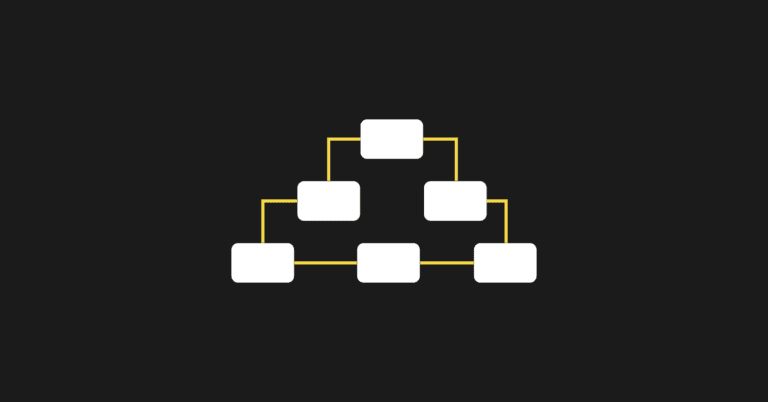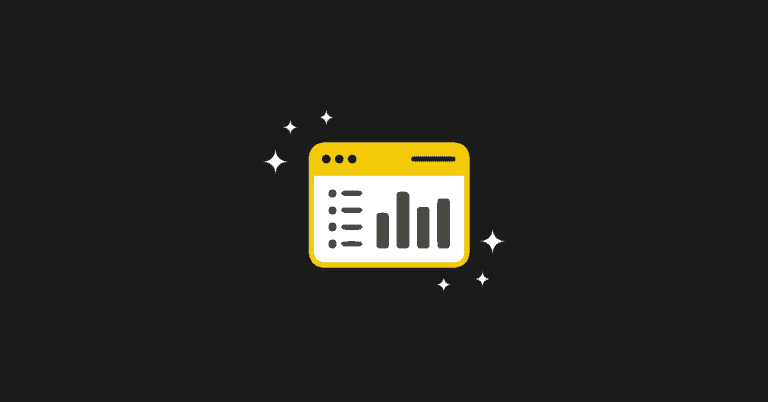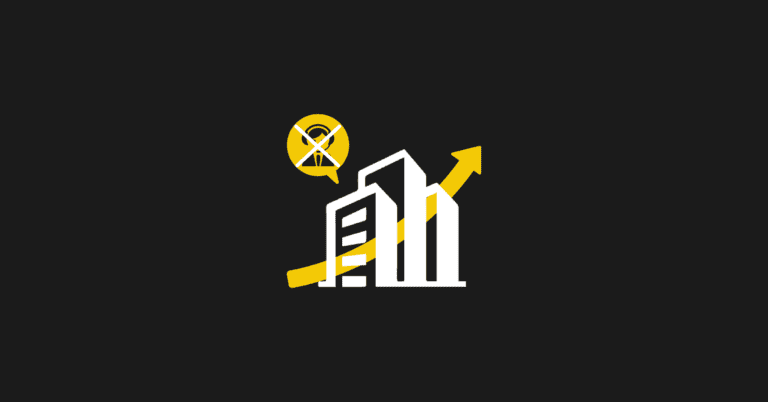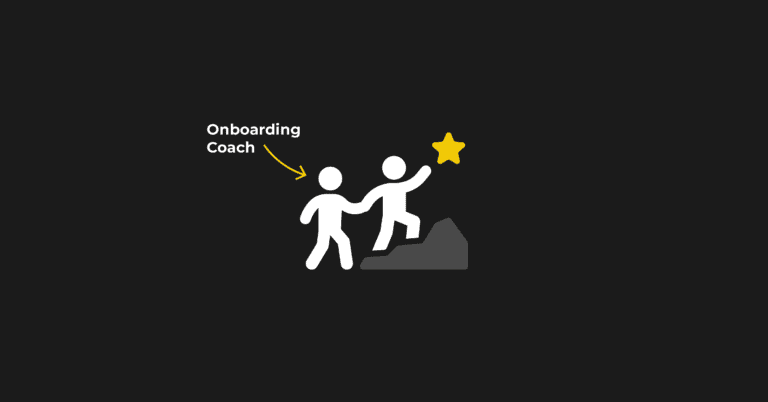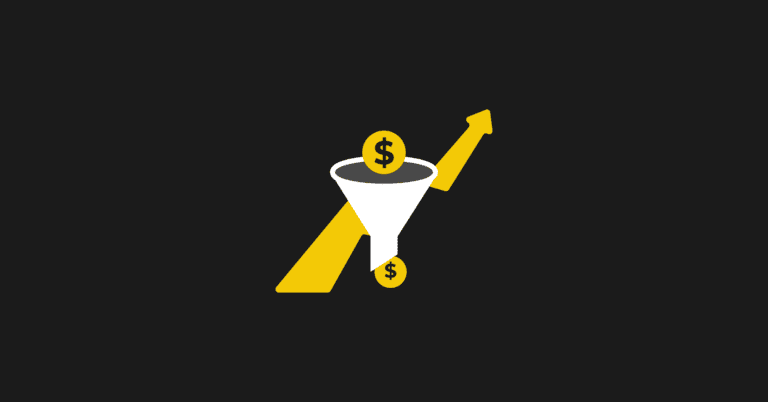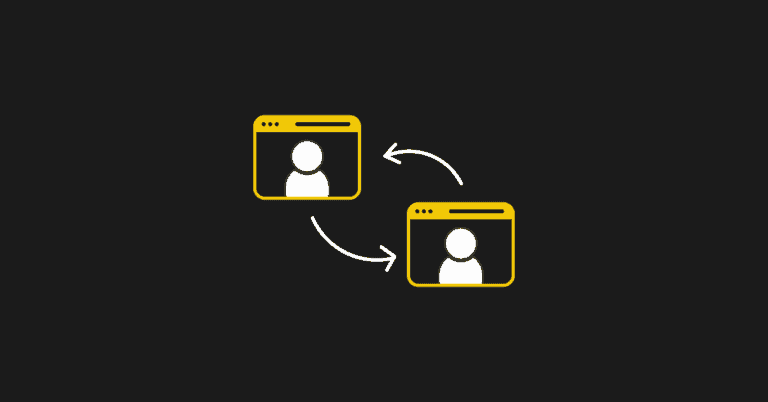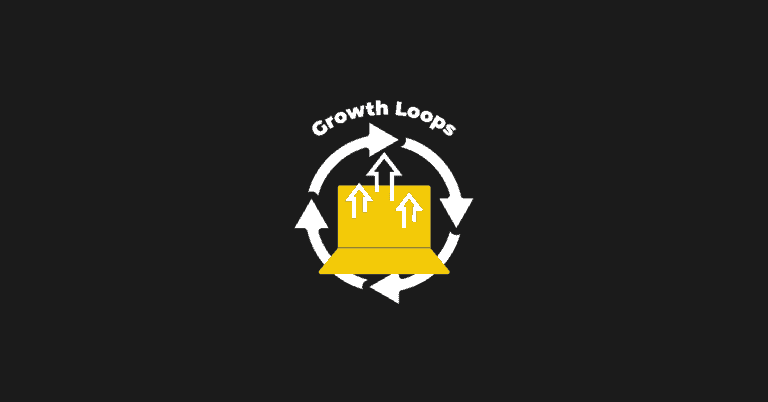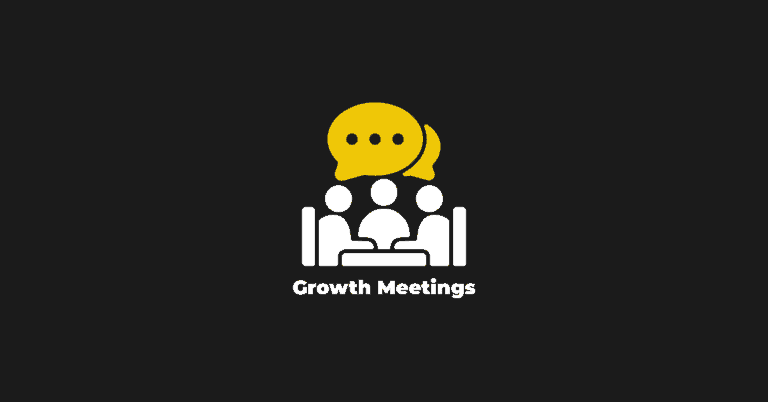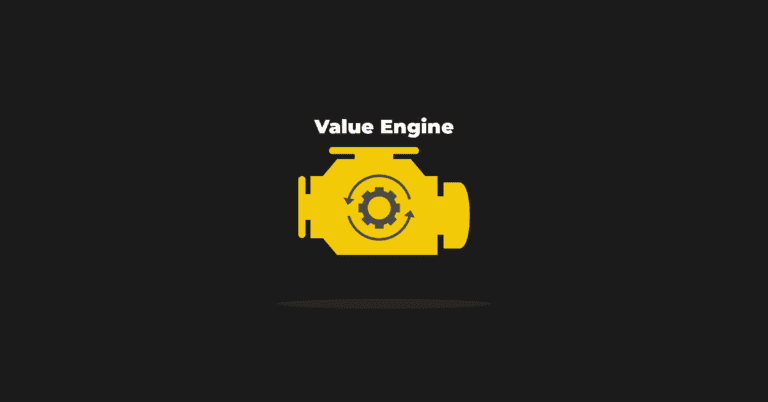For a couple of years, Routific struggled with user onboarding.
Even though they had a product-led growth model, their activation rate was poor thanks to a very long time-to-value (think 75 minutes) and complex UX design.
In this post, I'm going to share why Routific doubled down on their user onboarding experience and the steps we took to skyrocket our SaaS activation rate by 70%:
- Focus on the friction
- Map our the user journey
- Create a product tour
Then, I'll share what our success looks like today, my biggest regret during this process, and all of the major lessons we learned along the way.
But first, a little background.
Routific is a delivery route planning software.
The logistics can be very complex for the product, and small business customers are immensely busy people. They simply didn’t have time to figure out how to import complex datasets and set up Routific’s software for their unique needs.
On top of that, our user experience was supposed to be our main competitive differentiator... but you had to work hard enough to figure out how to use it first.
Our SaaS activation rates for our free trial hovered around 40% (very low).
Having been responsible for sales, I knew the onboarding pains intimately. It was clear our product team had delivered incredible core value, but they were overwhelmed with other things to build. They were also so in-tune with modern UX design, that first interactions with our software could be confusing and unfamiliar to someone who wasn’t familiar with modern software.
So I got to work on improving our activation rate.
Focus on the friction
Our first step was to investigate the friction.
We looked at the moments from when a user signed up for a trial, to when they reached that first moment of value. The median time it took was 75 minutes; the average time was 12 hours (requiring multiple sessions).
It was way too long for a small delivery business owner or manager to commit to, just to test if our software even solved their problems.
While I’d had hundreds of customer conversations, nothing could have been more motivating or insightful than observing the footage – horror footage – of users spending an hour just to get in their first moment of value.
No matter how great you think your onboarding is, there’s a video of a struggling user out there to humble you.
It became clear that a lot of new users dropped off so early (and experienced such immense frustration) that I’d never get a conversation with them anyway.
I recorded my findings in an Airtable spreadsheet, where I’d assess which problems were hitting critical mass before cross-referencing the data with Mixpanel product analytics. I can’t recommend this step enough.
Map out the user journey
With the help of our senior customer success manager, we then mapped out every step in the user’s journey on the way to the moment of first value in a Miro board, one screenshot at a time.
Underneath each step, we listed the most common friction points.
We had a simple system of listing critical problems with red sticky notes, potential hazards with yellow ones, and delightful user experiences (we didn’t want to lose) in green.
By this point, we understood the problem space so well, it would now be easy to communicate it to a designer – both verbally and visually.
Soon after, we brought our developer and designer on board to make improvements. The key was to keep the conversations hyper-focused on the understanding of the problems, and their skill in finding solutions naturally surfaced.
Create a Product Tour
When testing concluded, we prepared a lean roadmap where we’d continue to flesh out the successful solutions and push them into production all within one quarter.
We created a very ambitious OKR of boosting SaaS activation rates by 20%. Yet we knew most development wouldn’t be done until near the end of the quarter. So, we got even leaner.
For any of the problems caused by a lack of user education or confusing UX, a Product Tour would guide them through it. Everyone chipped in to help make it successful — and it was.
We launched the product tour, we immediately saw a 20% lift from historical averages in SaaS activation.
It was incredibly validating for us all, and more importantly, more users were getting to experience the value of our product. People would write in raving “it’s so easy to use!”
So we double-downed.
Over the next few months, we rolled out multiple lean, ease-of-use improvements. Much of what we built leveraged the average user’s familiarity with Google Maps, making the transition an easier one. To help prioritize each improvement, we used Mixpanel’s data to help us project the impact on our SaaS activation rates and MRR.
Our engineer helped us consider each piece of work across an Impact/Effort matrix, and as we started to ship the high-impact work into production, our estimates turned out to be pretty accurate.
SaaS activation rates rocketed to over 70%.
Not only that, the average time it took users to activate dropped by over 60%.
The average was always skewed by users who gave up on the first try but came back later with the help of our customer success staff. Now, hundreds of new users each month were activating within 10 minutes, without any help whatsoever.
The impact went beyond activation.
The success of our progress
Without the same need to support our users during their free trial, our CAC was reduced by around 25%. This would prove critical with COVID-19 – our industry boomed.
With two customer success managers and zero sales reps, Routific acquired almost 300 new paying subscribers in April 2020 alone.
On top of that, we provided our software free to over 400 non-profits delivering mission-critical goods throughout the pandemic. Seventy percent of new subscribers upgraded before they had a single conversation with us — a direct result of the self-onboarding engine we’d built and optimized.
My biggest regret
Here’s where my only regret comes in: I was nervous I would fail. I wasted a couple of months A/B testing solutions.
Sample sizes were small and it took up a lot of bandwidth of one engineer. Worst of all, I already knew what to do. The crucial work of understanding the problems on the road to SaaS activation were behind us, and I never doubted which solutions would work.
A/B testing is incredibly valuable when there’s uncertainty, but not when you have complete confidence in your solutions.
The lessons we’ve learned about improving your SaaS activation rate:
- Obsess about problems. Misunderstood problems result in underperforming solutions. Well understood problems make for obvious solutions.
- Map friction. Find out exactly where it occurs, how many users are affected, and what the impact is for each friction point. Mapping friction across a user flow or customer journey will not only help your understanding of the UX issues, it will also help you stay lean and focused on what’s important. That, and having a visual makes it much easier to communicate the issues internally.
- Don’t over-analyze when you’re certain. There are times when A/B testing and analyzing is critical, and that’s when you’re unsure. Sometimes it’s important to self-reflect, and assess whether a feeling of uncertainty is truly stemming from a lack of knowledge. It could be a fear of failure.
- Build for them, not yourself. The solutions that didn’t work as well for us were often catering to our own tastes. We work in tech. We’re exposed to new software and designs all the time. Many of our users hadn’t tried new software in years, and were catching up to the layouts of newer user interfaces. Some of the solutions that worked best involved designing against our own tastes for the benefit of the user.
- Cross-functional teams can be magic. Having someone from sales, marketing, or customer success get involved with a product can completely change the game. You can expect communication issues (especially around jargon), and some really bad ideas stemming from a lack of domain expertise, but you’ll profit from the different perspective. And if that perspective truly represents the user, you will move the metrics.
By learning from our mistakes, I hope you too can skyrocket your SaaS activation rate.

